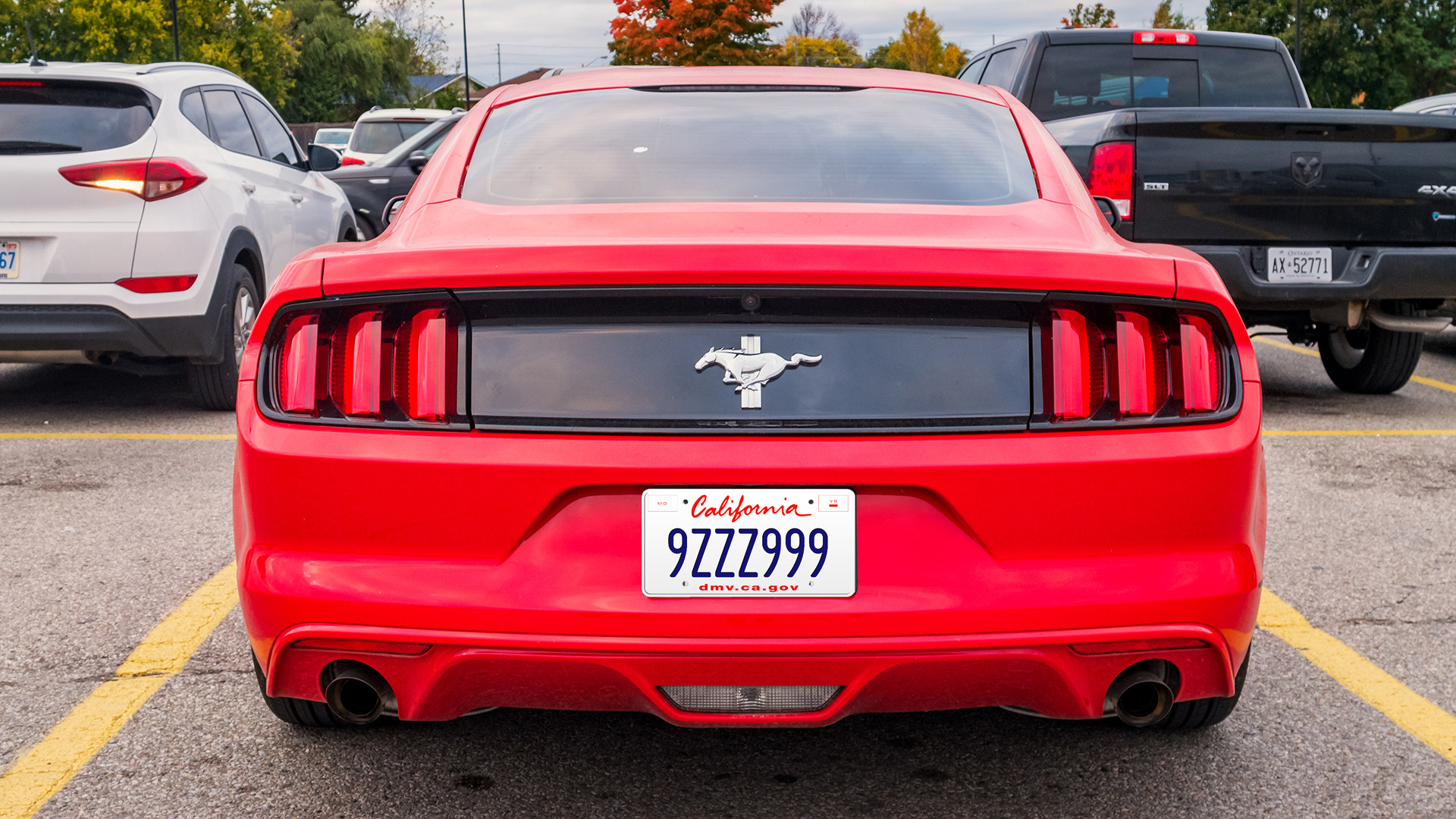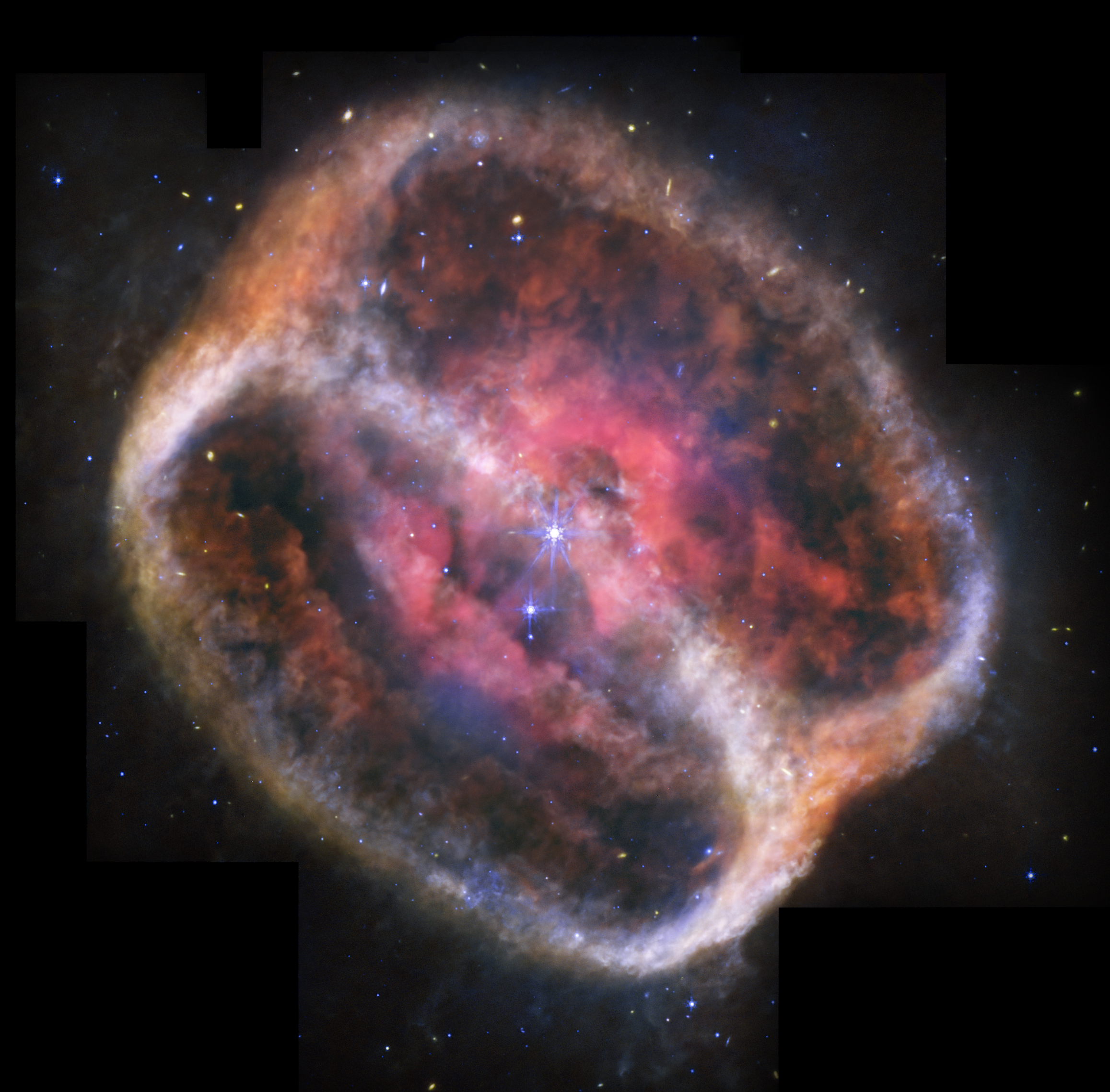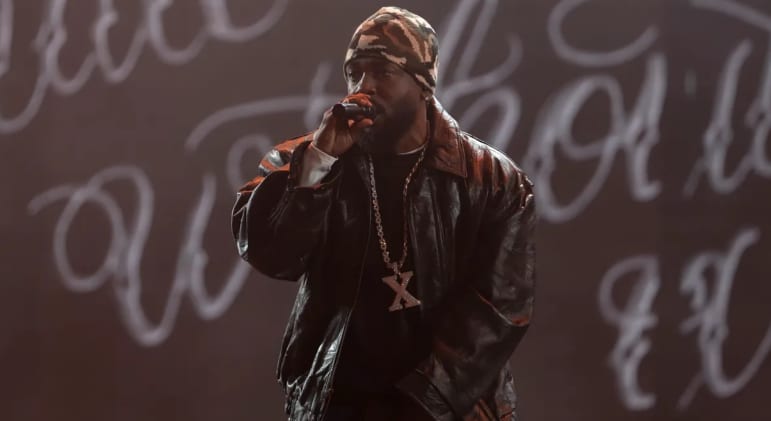Understanding MCP: The USB-C of AI Connections
Imagine you have a super-smart AI assistant, like a digital librarian who can answer any question. But there’s a catch: it’s stuck in a room with no internet, no files, and no way to interact with the outside world. Frustrating, right? That’s where the Model Context Protocol (MCP) comes in—it’s like giving your AI a universal plug to connect to tools, data, and apps, making it way more helpful. In this blog post, we’ll break down what MCP is, how it works, and why it’s a game-changer for AI—all in simple terms. Whether you’re new to AI or just curious, let’s dive in and explore this exciting topic! What is MCP? The Model Context Protocol (MCP) is an open standard that lets AI models, like ChatGPT or Claude, connect to external data and tools. Think of it as a USB-C port for AI: just as a USB-C cable connects your phone to chargers, keyboards, or monitors, MCP connects AI to things like Google Drive, databases, or even your calendar. Before MCP, developers had to build custom connections for every tool an AI needed to use. It was like needing a different charger for every device—slow and messy. MCP standardizes this process, making it easier for AI to access real-time information and take actions. How Does MCP Work? MCP uses a client-server setup, which sounds fancy but is pretty simple. Here’s how it breaks down: AI (the client): This is your AI model or app, like a chatbot or coding assistant, that needs data or wants to do something. MCP Server: A lightweight program that connects to a specific tool or data source, like Slack, GitHub, or a database. The Connection: The AI sends a request through MCP (e.g., “fetch my latest emails”). The server grabs the data or performs the task and sends the result back. For example, if you ask an AI to check your calendar, MCP lets it talk to your Google Calendar server, grab the info, and respond with your schedule—all in seconds. Why MCP Matters MCP is a big deal for a few reasons: Simpler Development: Developers can “plug in” new tools without writing custom code for each one, saving time and effort. Smarter AI: By accessing live data, AI gives more accurate and context-aware answers. For instance, it can pull the latest sales figures instead of relying on outdated training data. Versatility: MCP works with many AI models and tools, creating a flexible ecosystem where everything plays nicely together. This standardization is like how Wi-Fi lets all your devices connect to the internet without fuss. MCP does that for AI, opening up endless possibilities. Real-World Examples of MCP in Action Let’s see MCP at work with some everyday scenarios: Organizing Your Day: You ask your AI assistant, “What’s on my schedule today?” Using MCP, it connects to your calendar app, checks your meetings, and replies, “You’ve got a team meeting at 10 AM and lunch with Sarah at noon.” Coding Help: A developer uses an AI in their coding app. The AI uses MCP to access GitHub, fetch the project’s code, and suggest fixes based on the latest files. Business Insights: A manager asks, “How did sales do last week?” The AI uses MCP to query a company database and responds with up-to-date numbers. These examples show how MCP makes AI more practical and connected to the tools we already use. The Future of MCP MCP is still young, but its potential is huge. As more companies and developers adopt it, we’ll see: More Tools: A growing library of MCP servers for apps like Slack, Zoom, or even medical databases. Smarter Assistants: AI that can handle complex tasks, like booking flights or updating spreadsheets, with a single command. Wider Adoption: From startups to big businesses, MCP could become the go-to way to integrate AI, much like how HTTP powers the web. Think of MCP as the foundation for a future where AI isn’t just a chatbot but a digital partner that seamlessly works with your apps and data. Why You Should Care Even if you’re not a tech expert, MCP matters because it’s making AI more useful in your life. Whether it’s helping you manage tasks, analyze data, or automate work, MCP-powered AI will be smarter, faster, and more connected. Plus, its open-source nature means anyone can contribute, fostering innovation that benefits everyone. Let’s Get Curious! The Model Context Protocol is like the key that unlocks AI’s full potential, connecting it to the world in a simple, standardized way. It’s an exciting step toward AI that feels less like a tool and more like a teammate. Want to learn more? Try asking an AI assistant about MCP or check out resources from Anthropic, the creators of MCP. What’s one task you’d love an AI to handle with MCP’s help? Share your thoughts, and let’s keep the curiosity going!

Imagine you have a super-smart AI assistant, like a digital librarian who can answer any question. But there’s a catch: it’s stuck in a room with no internet, no files, and no way to interact with the outside world. Frustrating, right? That’s where the Model Context Protocol (MCP) comes in—it’s like giving your AI a universal plug to connect to tools, data, and apps, making it way more helpful.
In this blog post, we’ll break down what MCP is, how it works, and why it’s a game-changer for AI—all in simple terms. Whether you’re new to AI or just curious, let’s dive in and explore this exciting topic!
What is MCP?
The Model Context Protocol (MCP) is an open standard that lets AI models, like ChatGPT or Claude, connect to external data and tools. Think of it as a USB-C port for AI: just as a USB-C cable connects your phone to chargers, keyboards, or monitors, MCP connects AI to things like Google Drive, databases, or even your calendar.
Before MCP, developers had to build custom connections for every tool an AI needed to use. It was like needing a different charger for every device—slow and messy. MCP standardizes this process, making it easier for AI to access real-time information and take actions.
How Does MCP Work?
MCP uses a client-server setup, which sounds fancy but is pretty simple. Here’s how it breaks down:
AI (the client): This is your AI model or app, like a chatbot or coding assistant, that needs data or wants to do something.
MCP Server: A lightweight program that connects to a specific tool or data source, like Slack, GitHub, or a database.
The Connection: The AI sends a request through MCP (e.g., “fetch my latest emails”). The server grabs the data or performs the task and sends the result back.
For example, if you ask an AI to check your calendar, MCP lets it talk to your Google Calendar server, grab the info, and respond with your schedule—all in seconds.
Why MCP Matters
MCP is a big deal for a few reasons:
Simpler Development: Developers can “plug in” new tools without writing custom code for each one, saving time and effort.
Smarter AI: By accessing live data, AI gives more accurate and context-aware answers. For instance, it can pull the latest sales figures instead of relying on outdated training data.
Versatility: MCP works with many AI models and tools, creating a flexible ecosystem where everything plays nicely together.
This standardization is like how Wi-Fi lets all your devices connect to the internet without fuss. MCP does that for AI, opening up endless possibilities.
Real-World Examples of MCP in Action
Let’s see MCP at work with some everyday scenarios:
Organizing Your Day: You ask your AI assistant, “What’s on my schedule today?” Using MCP, it connects to your calendar app, checks your meetings, and replies, “You’ve got a team meeting at 10 AM and lunch with Sarah at noon.”
Coding Help: A developer uses an AI in their coding app. The AI uses MCP to access GitHub, fetch the project’s code, and suggest fixes based on the latest files.
Business Insights: A manager asks, “How did sales do last week?” The AI uses MCP to query a company database and responds with up-to-date numbers.
These examples show how MCP makes AI more practical and connected to the tools we already use.
The Future of MCP
MCP is still young, but its potential is huge. As more companies and developers adopt it, we’ll see:
More Tools: A growing library of MCP servers for apps like Slack, Zoom, or even medical databases.
Smarter Assistants: AI that can handle complex tasks, like booking flights or updating spreadsheets, with a single command.
Wider Adoption: From startups to big businesses, MCP could become the go-to way to integrate AI, much like how HTTP powers the web.
Think of MCP as the foundation for a future where AI isn’t just a chatbot but a digital partner that seamlessly works with your apps and data.
Why You Should Care
Even if you’re not a tech expert, MCP matters because it’s making AI more useful in your life. Whether it’s helping you manage tasks, analyze data, or automate work, MCP-powered AI will be smarter, faster, and more connected. Plus, its open-source nature means anyone can contribute, fostering innovation that benefits everyone.
Let’s Get Curious!
The Model Context Protocol is like the key that unlocks AI’s full potential, connecting it to the world in a simple, standardized way. It’s an exciting step toward AI that feels less like a tool and more like a teammate.
Want to learn more? Try asking an AI assistant about MCP or check out resources from Anthropic, the creators of MCP. What’s one task you’d love an AI to handle with MCP’s help? Share your thoughts, and let’s keep the curiosity going!










![From fast food worker to cybersecurity engineer with Tae'lur Alexis [Podcast #169]](https://cdn.hashnode.com/res/hashnode/image/upload/v1745242807605/8a6cf71c-144f-4c91-9532-62d7c92c0f65.png?#)






























































